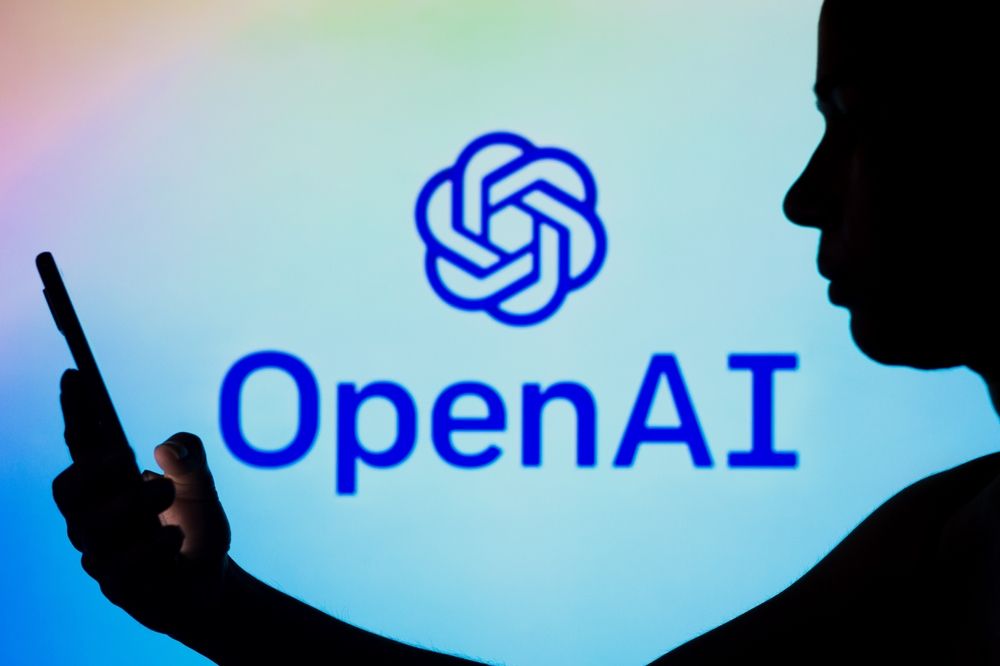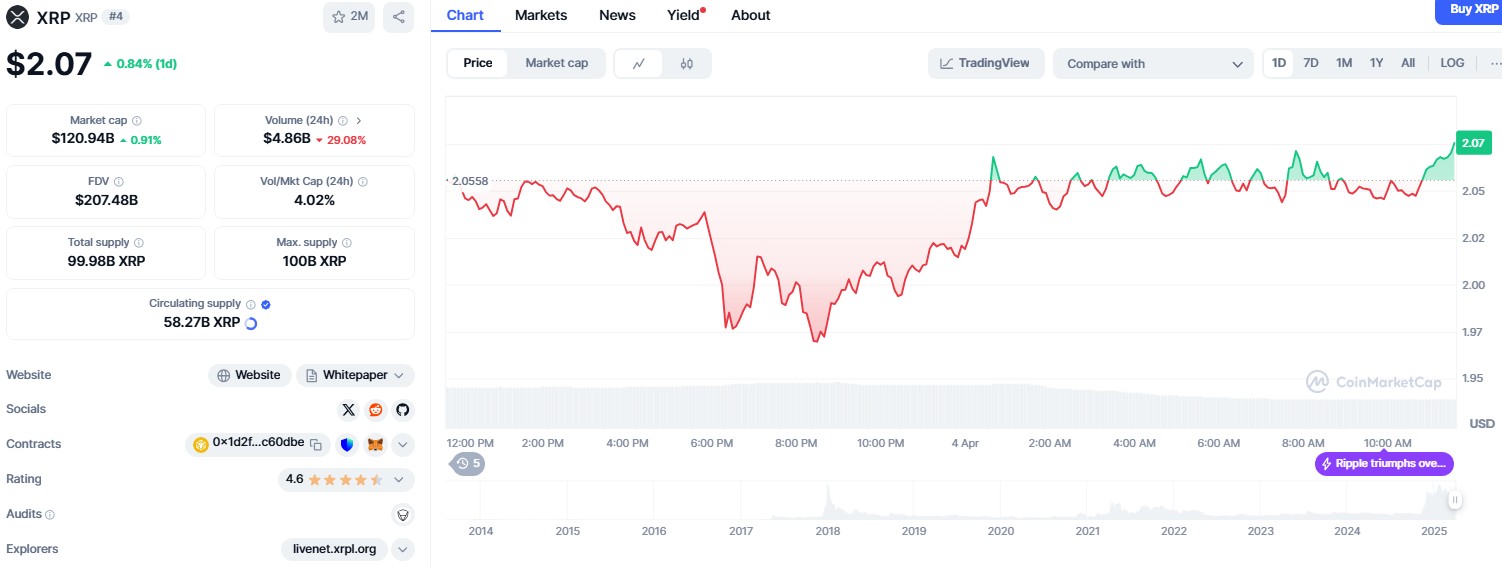Using Event Driven Architecture In a Synchronous, Time Constrained Environment
I'm looking for some advice on event-driven architecture to make sure I'm on the right track. I'm producing a system and I want to use EDA to get a number of benefits with loose coupling and extensibility being two key goals in mind. But the system I am implementing sits in a flow that will always be synchronous in its nature & I want to ensure that I am returning a response as quickly as possible. My idea is to use the pub/sub pattern with some known pre & post events that other systems can react to. The idea being that the original process/orchestrator can then react to any negative events it subscribes to. To add an example, imagine this is for a payments system. The incoming request would be a payment. The pre hook could be used for things like fraud checking, raising a pass/fail event, but in the future you may want a number of things here able to stop the ongoing processing. The payment then continues if all is OK. Finally the post hook happens to notify other systems of the outcome & potentially a reason to abort the payment comes up here too. But my worry here is that once I publish an event out 'into the wild', what is the best way to know that I don't have to wait for a response anymore? My thoughts so far are to either: A) Wait for a set period of time. If there are no negative responses by this time, continue. This is the simplest route but my system can never be faster than those periods I sit there waiting for something that may never happen. B) Implement something like a service registry, so the orchestrator knows how many responses (positive or negative) it needs to wait for before moving on. This will give the system enough knowledge for it to be able to know to stop waiting. But it comes at the cost of complexity & every system would need to post a positive response event, which leads to a lot of chattiness in the system. Am I missing any other options? Or are these two the best options & I need to choose the best for my scenario?

I'm looking for some advice on event-driven architecture to make sure I'm on the right track. I'm producing a system and I want to use EDA to get a number of benefits with loose coupling and extensibility being two key goals in mind. But the system I am implementing sits in a flow that will always be synchronous in its nature & I want to ensure that I am returning a response as quickly as possible.
My idea is to use the pub/sub pattern with some known pre & post events that other systems can react to. The idea being that the original process/orchestrator can then react to any negative events it subscribes to.
To add an example, imagine this is for a payments system. The incoming request would be a payment. The pre hook could be used for things like fraud checking, raising a pass/fail event, but in the future you may want a number of things here able to stop the ongoing processing. The payment then continues if all is OK. Finally the post hook happens to notify other systems of the outcome & potentially a reason to abort the payment comes up here too.
But my worry here is that once I publish an event out 'into the wild', what is the best way to know that I don't have to wait for a response anymore?
My thoughts so far are to either:
A) Wait for a set period of time. If there are no negative responses by this time, continue. This is the simplest route but my system can never be faster than those periods I sit there waiting for something that may never happen.
B) Implement something like a service registry, so the orchestrator knows how many responses (positive or negative) it needs to wait for before moving on. This will give the system enough knowledge for it to be able to know to stop waiting. But it comes at the cost of complexity & every system would need to post a positive response event, which leads to a lot of chattiness in the system.
Am I missing any other options? Or are these two the best options & I need to choose the best for my scenario?










































































































































































![[The AI Show Episode 142]: ChatGPT’s New Image Generator, Studio Ghibli Craze and Backlash, Gemini 2.5, OpenAI Academy, 4o Updates, Vibe Marketing & xAI Acquires X](https://www.marketingaiinstitute.com/hubfs/ep%20142%20cover.png)


















































































































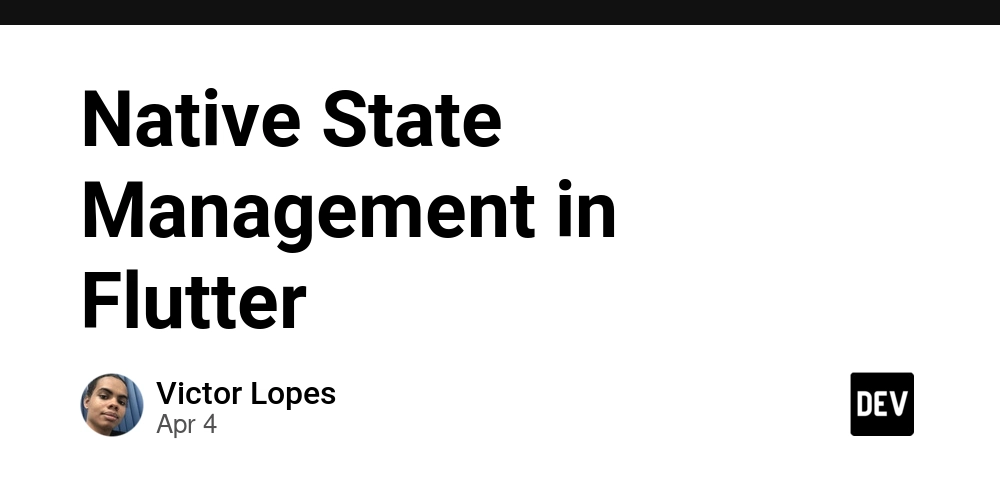


















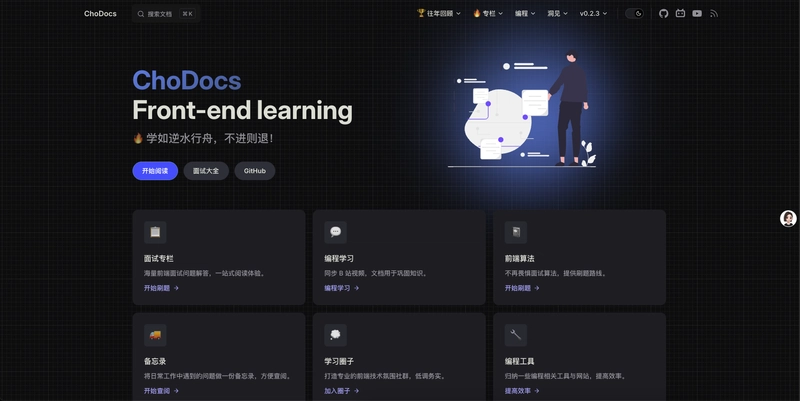










































































































.jpg?#)























































































































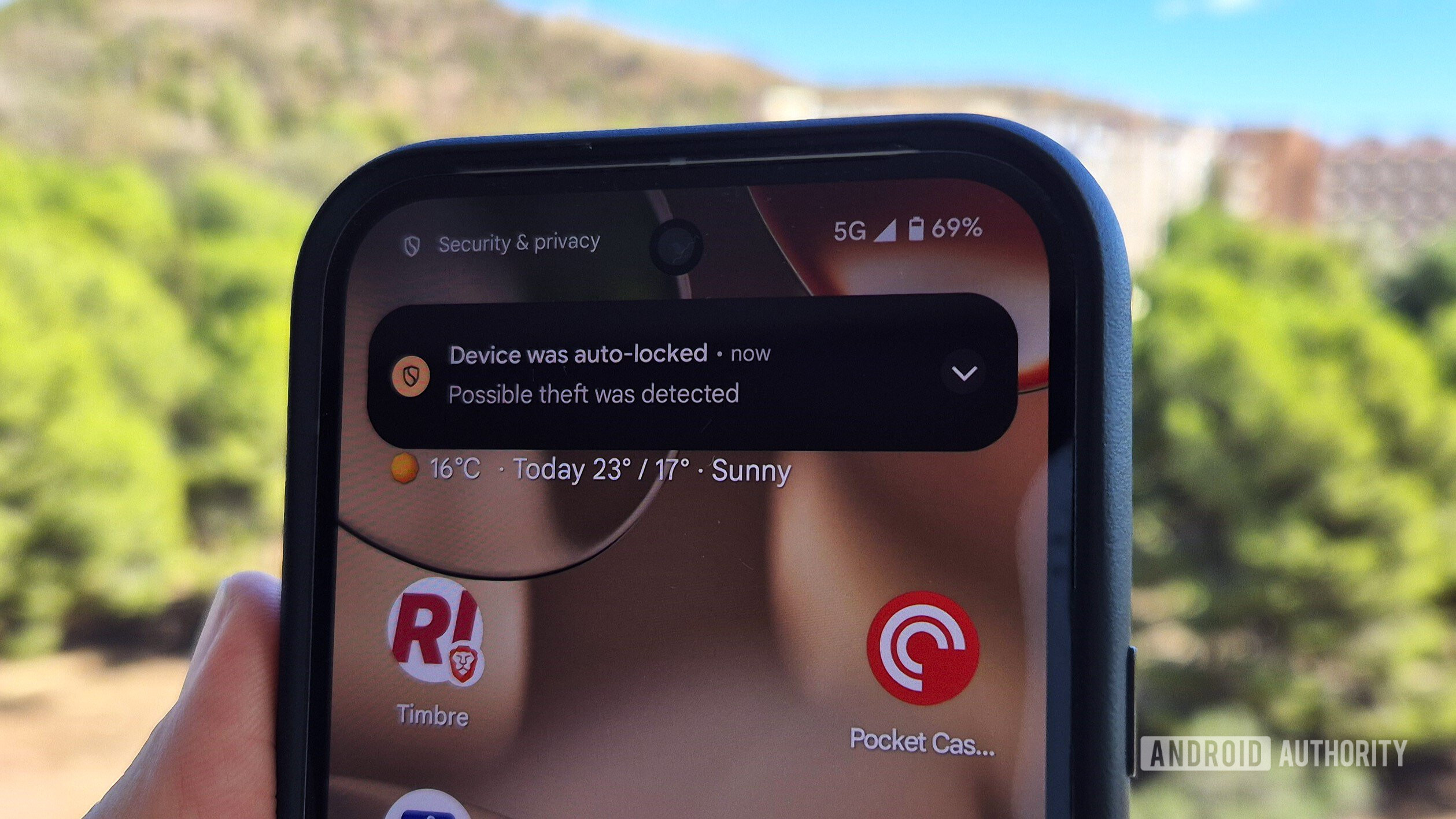
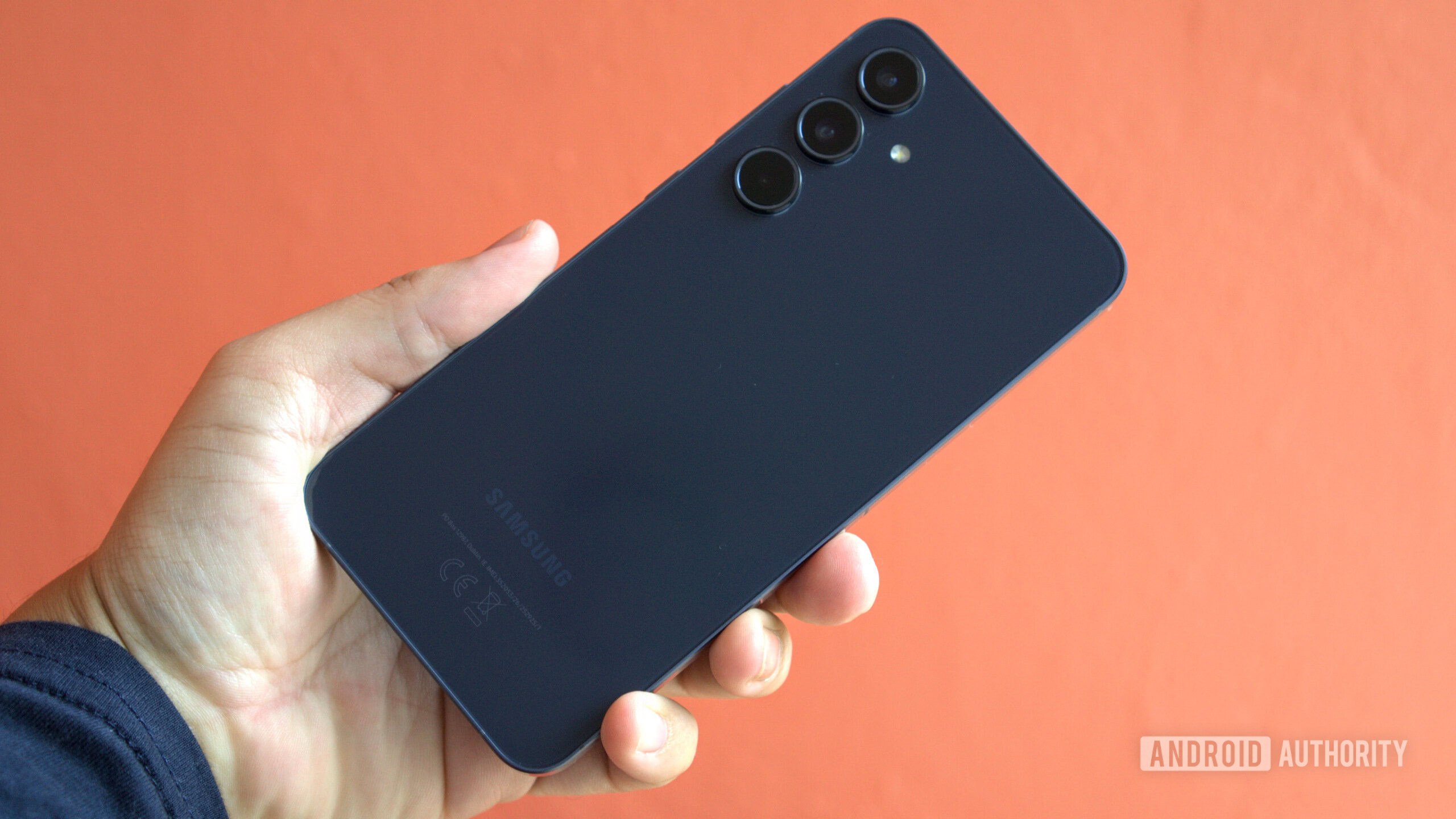




















![YouTube Announces New Creation Tools for Shorts [Video]](https://www.iclarified.com/images/news/96923/96923/96923-640.jpg)

![Apple Faces New Tariffs but Has Options to Soften the Blow [Kuo]](https://www.iclarified.com/images/news/96921/96921/96921-640.jpg)






































































